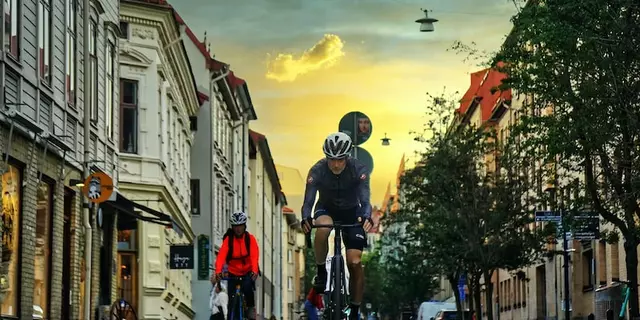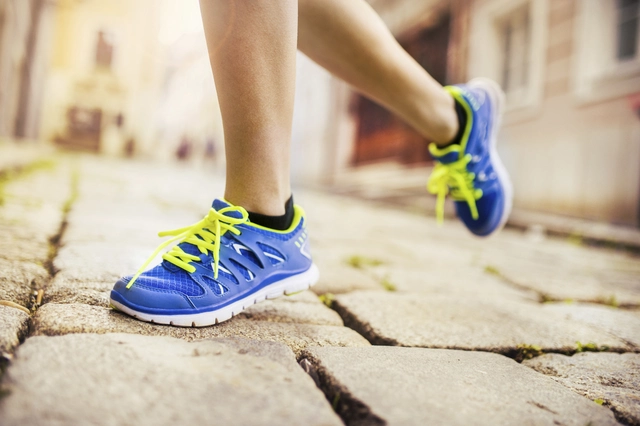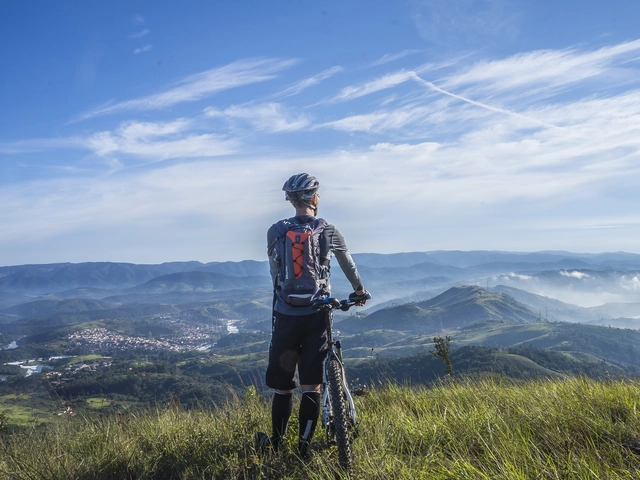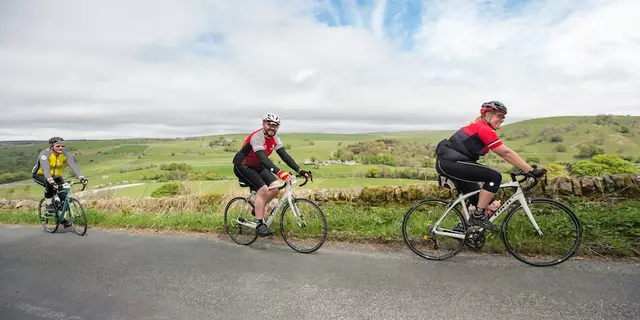Winter Cycling in Skipton: Stay Warm, Stay Safe, Have Fun
When the temperature drops and the roads get slippery, many riders think it’s time to hang up their helmets. Not so! With a few smart adjustments you can keep pedaling through the frost and still enjoy the beautiful Yorkshire scenery. Below you’ll find the basics you need to ride confidently, plus a couple of local routes that look spectacular under a light dusting of snow.
Essential Gear for Winter Riding
First thing’s first: dress in layers. A breathable base layer pulls sweat away from your skin, a warm mid‑layer adds insulation, and a waterproof outer shell blocks wind and rain. Look for jackets with zippered vents so you can tweak your temperature on the go.
Hands and feet get cold fast, so upgrade to insulated gloves and shoe covers. If you have clipless pedals, consider adding toe‑caps or winter‑specific shoes that keep the studs from freezing while still giving you a solid connection to the crank.
Visibility drops dramatically in winter dusk, so swap to bright or reflective clothing and fit a front white light and a rear red one. Even a cheap set of LED lights that flash makes a big difference on foggy mornings.
Tires matter, too. Wider, low‑pressure knobby tyres give you more grip on slick surfaces, but if you prefer a smoother ride, a set of winter‑tread road tyres with a bit of tread pattern can handle packed snow and icy patches.
Don’t forget a small pump, a spare tube, and a multi‑tool. The road can be a hassle in cold weather, so being prepared saves you from a long walk back home.
Best Winter Routes Around Skipton
Skipton’s countryside stays gorgeous in winter, especially along the River Aire. Start at the town centre, follow the riverside path north to the old mill—there you’ll find a flat, mostly traffic‑free stretch perfect for building confidence on slippery ground.
If you crave a challenge, head out on the Craven Trail. The gravel sections are lined with hedgerows that often shelter you from biting wind, and the occasional ditch offers a fun obstacle to practice small jumps when the snow isn’t too deep.
For a short, scenic loop, try the Skipton‑Barden route. It climbs gently to the Barden Reservoir, where you can pause for a warm drink at the café (most stay open in winter) and snap a photo of the frozen water. The descent back into town is mostly downhill, giving you a chance to test your braking on icy patches.
Keep an eye on local event listings—our club often hosts winter crits and group rides that stick to well‑maintained roads. Riding with a group not only adds motivation but also increases safety, as you’re more visible to traffic.
Finally, listen to your bike. If the chain sounds noisy, give it a quick lube with a winter‑friendly oil. Check brakes before each ride; cold weather can make them feel spongy, and you’ll want solid stopping power on icy bends.
Winter riding isn’t about pushing hard every day; it’s about staying consistent, enjoying the quiet roads, and learning how your body reacts to the cold. Put on those layers, grab a hot drink after the ride, and you’ll see that the season can add a whole new layer of fun to your cycling routine.
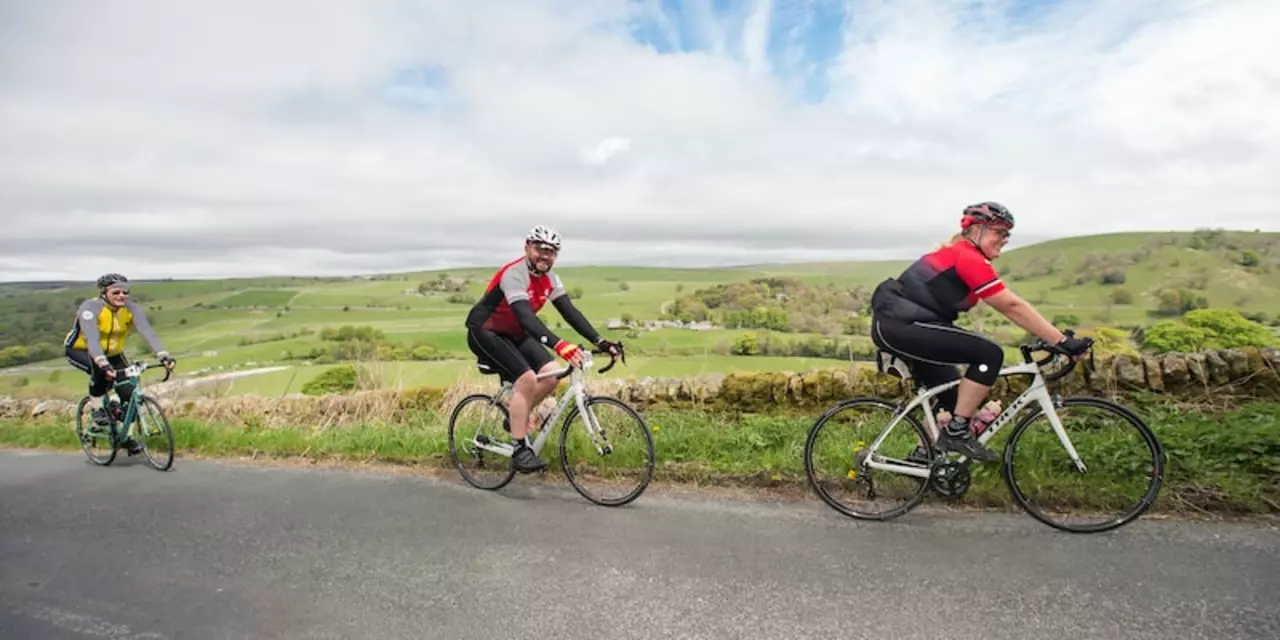
Should cyclists wear gloves in the winter?
Cycling in the winter months can be a challenge. Wearing the right gear and having the right equipment can help make the ride easier and safer. Gloves are essential for winter cycling, as they provide warmth, protection from the elements, and increased grip on the handlebars. Cyclists should choose gloves that are insulated and waterproof for maximum protection, and if possible, gloves with touchscreen-compatible fingertips for convenience. Overall, cycling gloves are a great addition to any winter cycling wardrobe.
View More